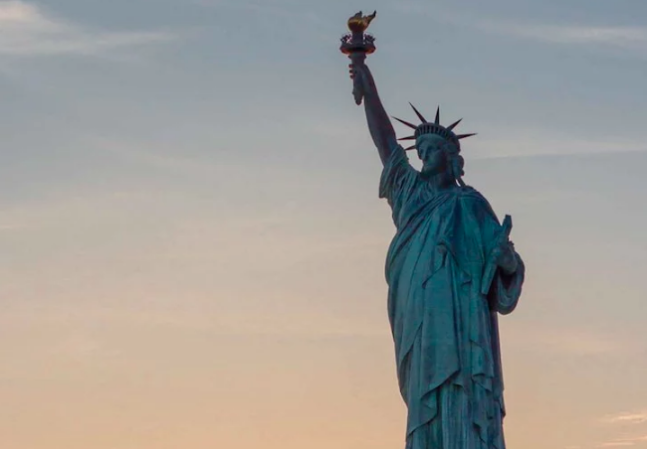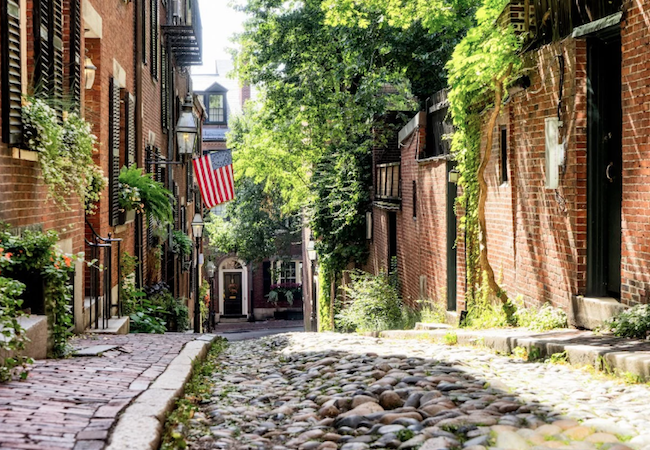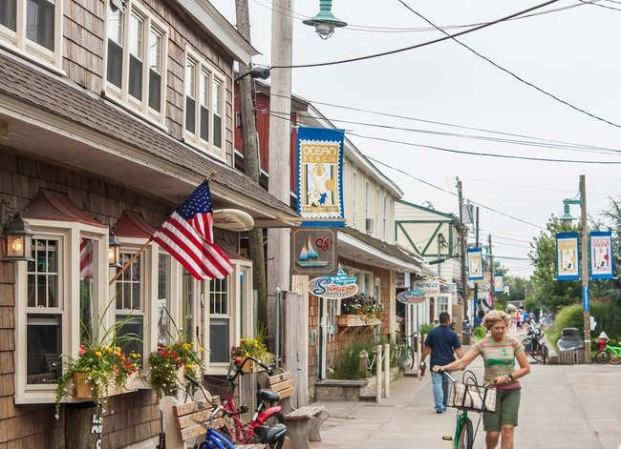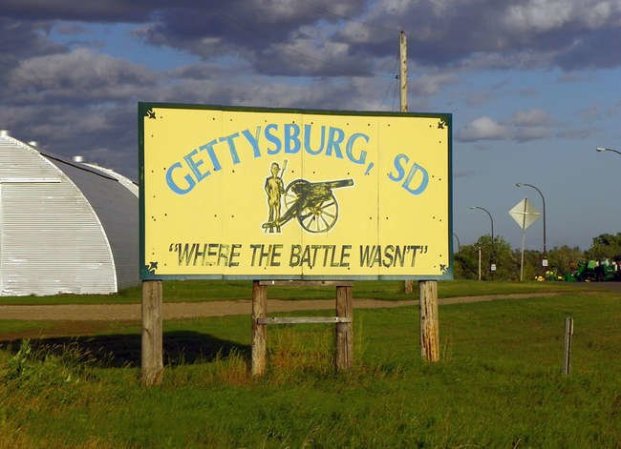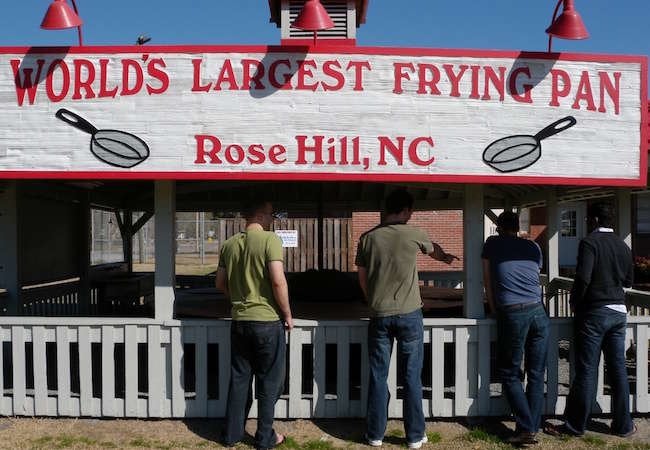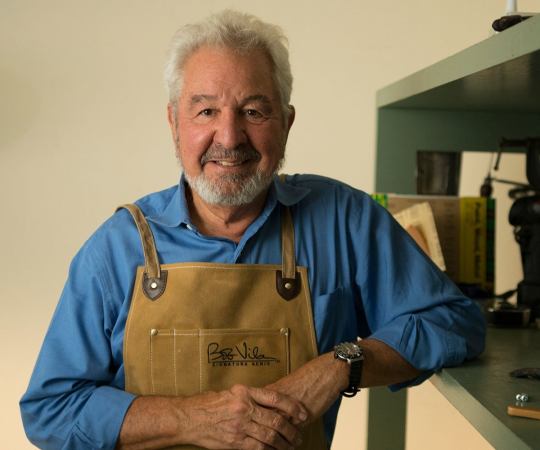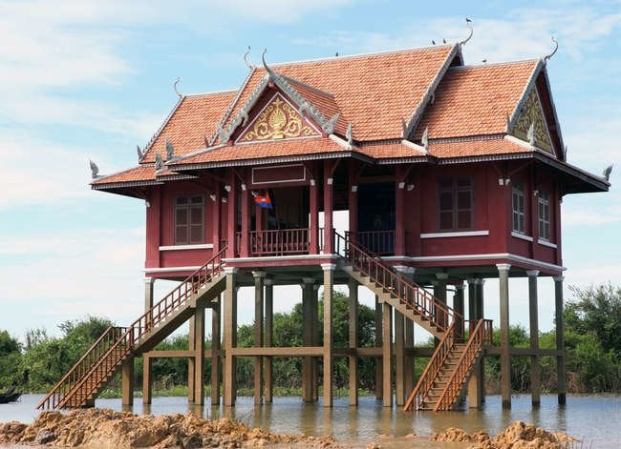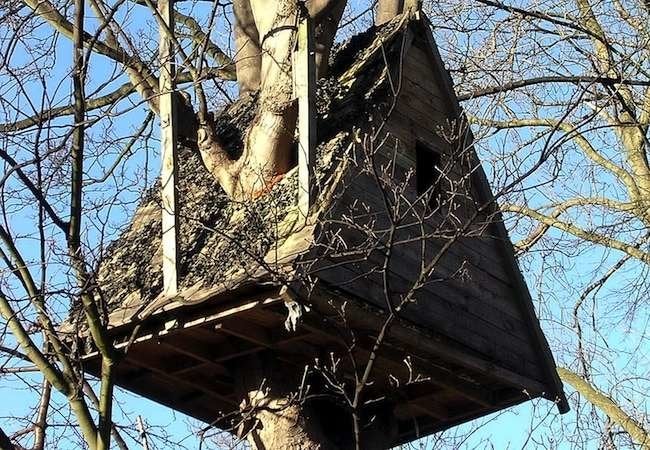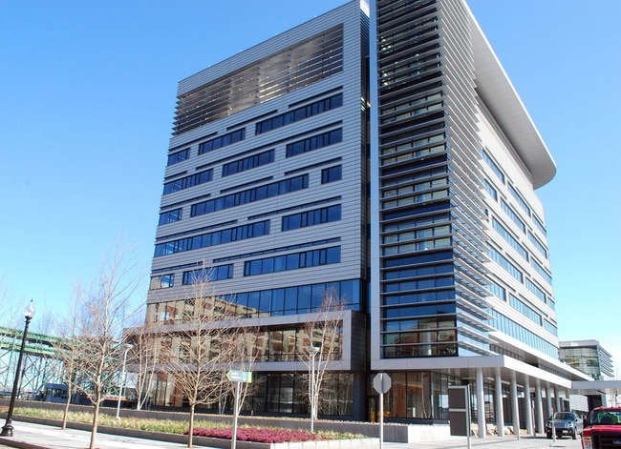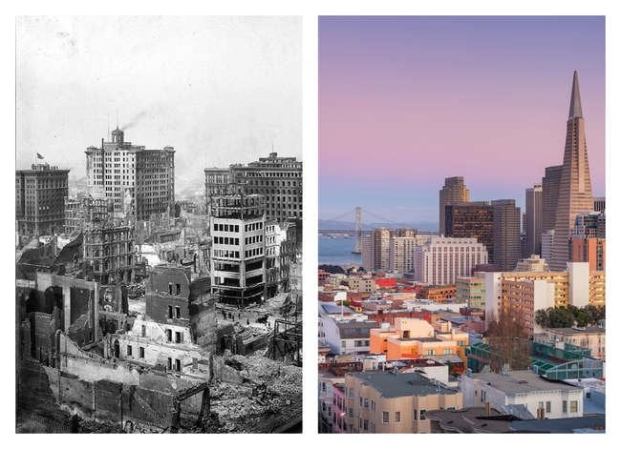We may earn revenue from the products available on this page and participate in affiliate programs. Learn More ›
Beyond BBQs

Remembering those who’ve served our country—perhaps with traditional backyard barbecues!—is our main Memorial Day activity. But the holiday has a colorfully storied past, from its Greek and Roman roots to Lincoln’s efforts to unify the nation post-Civil War, and though it has known its share of conflict and violence, forgiveness and charity are forever its focus. So start your celebration with this Memorial Day data to kick off your summer season smarter!
The Tradition Goes Back to Ancient Times
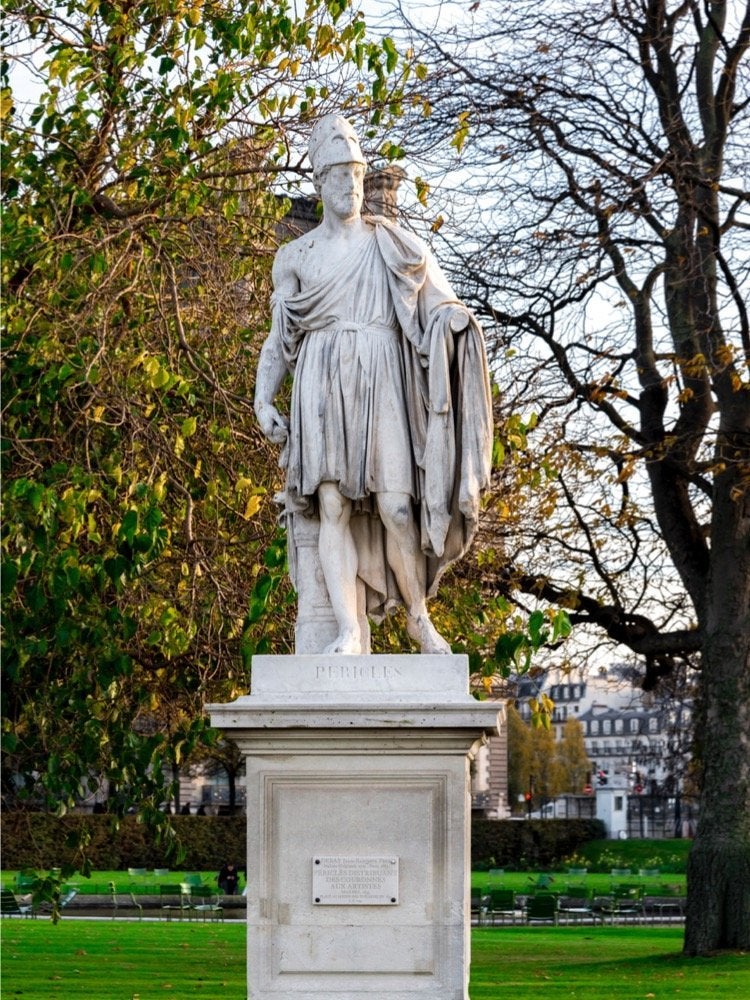
The practice of setting aside a special day or time to honor the fallen is not new. Ancient Greeks and Romans held annual days of remembrance for departed comrades. Public displays of mourning for fallen soldiers were common, like the speech by Athenian general Pericles in 431 BCE, praising the courage of soldiers who fought in the Peloponnesian War.
It’s a Celebration of Freedom Too
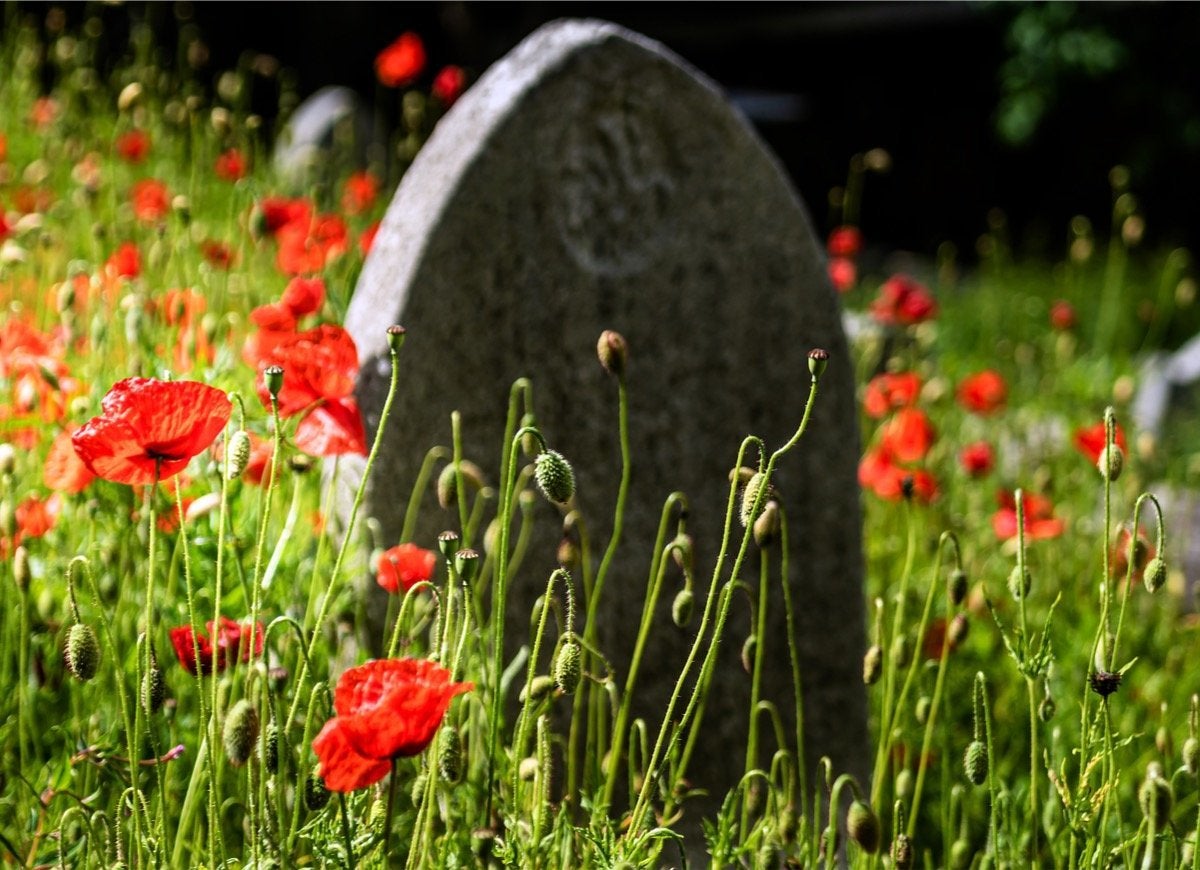
On May 1, 1865, more than 1,000 newly freed slaves, as well as members of the U.S. Colored Troops and white residents of Charleston, South Carolina, met in a prisoner of war camp to honor the Union dead. They sang hymns, recited scripture, and laid flowers on the newly consecrated graves. This gathering preceded the official observance of Memorial Day by three years.
The Holiday Has Changed Since the Civil War
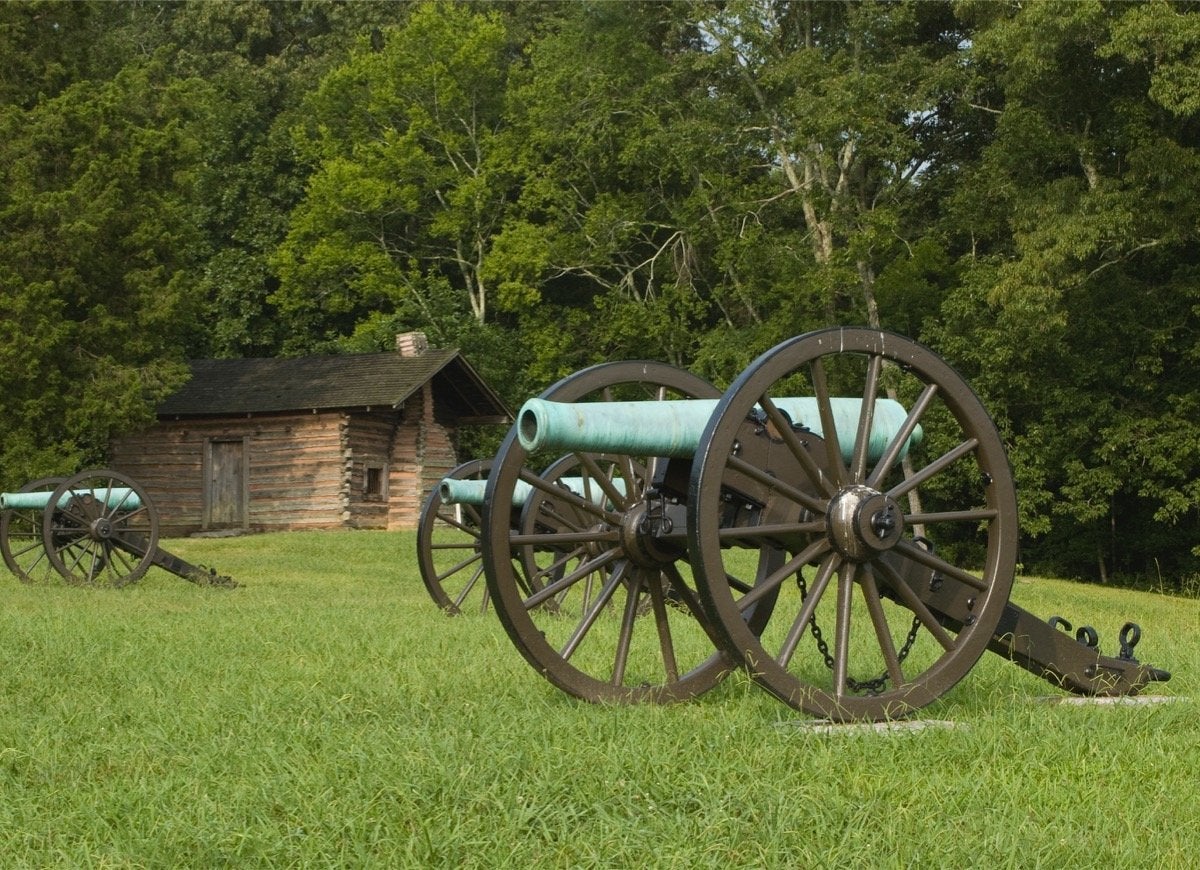
In 1868, after the Civil War, General John A. Logan, commander in chief of the Grand Army of the Republic, called for a national holiday commemorating fallen soldiers. Initially observed every May 30, the holiday was originally called Decoration Day until 1967, when the name changed. During the Vietnam War, the date was also moved to the last Monday of May when it became a federally mandated holiday in 1971.
Confederate Women Inspired National Unity

“The act was as beautiful as it was unselfish, and will be appreciated in the North,” praised the Cleveland Daily Leader on May 9, 1866, commending Southern women during their first celebration of Memorial Day. In an act of grace and forgiveness, women across the South laid flowers on the graves of Confederate soldiers, as well as their former Union enemies. While the actions of those 19th century women were aimed at a greater national unity, today, nine southern state still recognize a Confederate Memorial Day.
Its Birthplace Is Contested
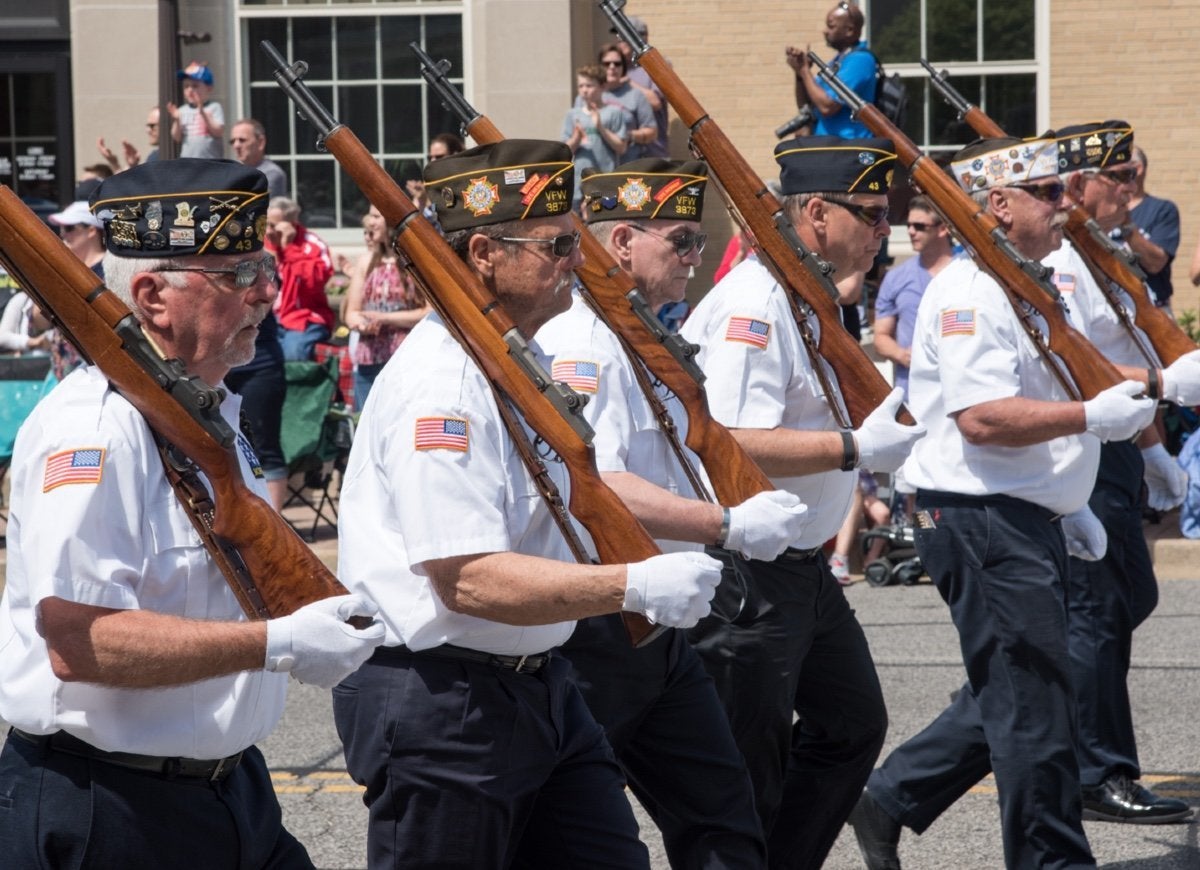
Over two dozen towns and cities claim to be the first to have celebrated Memorial Day in 1866—two years before the first federal commemoration at Arlington National Cemetery. However, that distinction was officially given to Waterloo, New York, in 1966, by President Lyndon B. Johnson. The reason? The town has an unbroken legacy of honoring our national day of remembrance.
Anti-War Protests Are Part of the Legacy
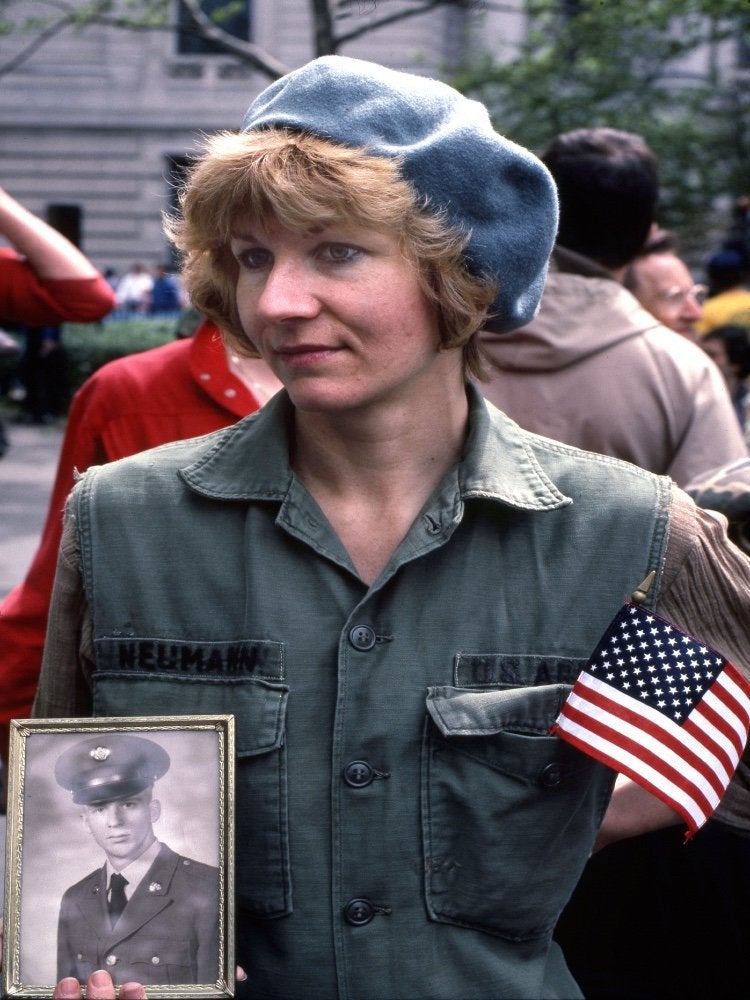
Memorial Day has sparked protests, including by veterans opposed to war. In 1971, the year of the first federally mandated Memorial Day, America was still fighting the Vietnam War. The New York Times reported anti-war protests across the country: “In Boston, for example, about 200 [veterans] wearing battle fatigues and carrying plastic rifles, arrived at Boston Common…they were seeking to ‘spread the alarm’ against the war on Asian battlefields…”
Violence Has Tragically Occurred on Memorial Day
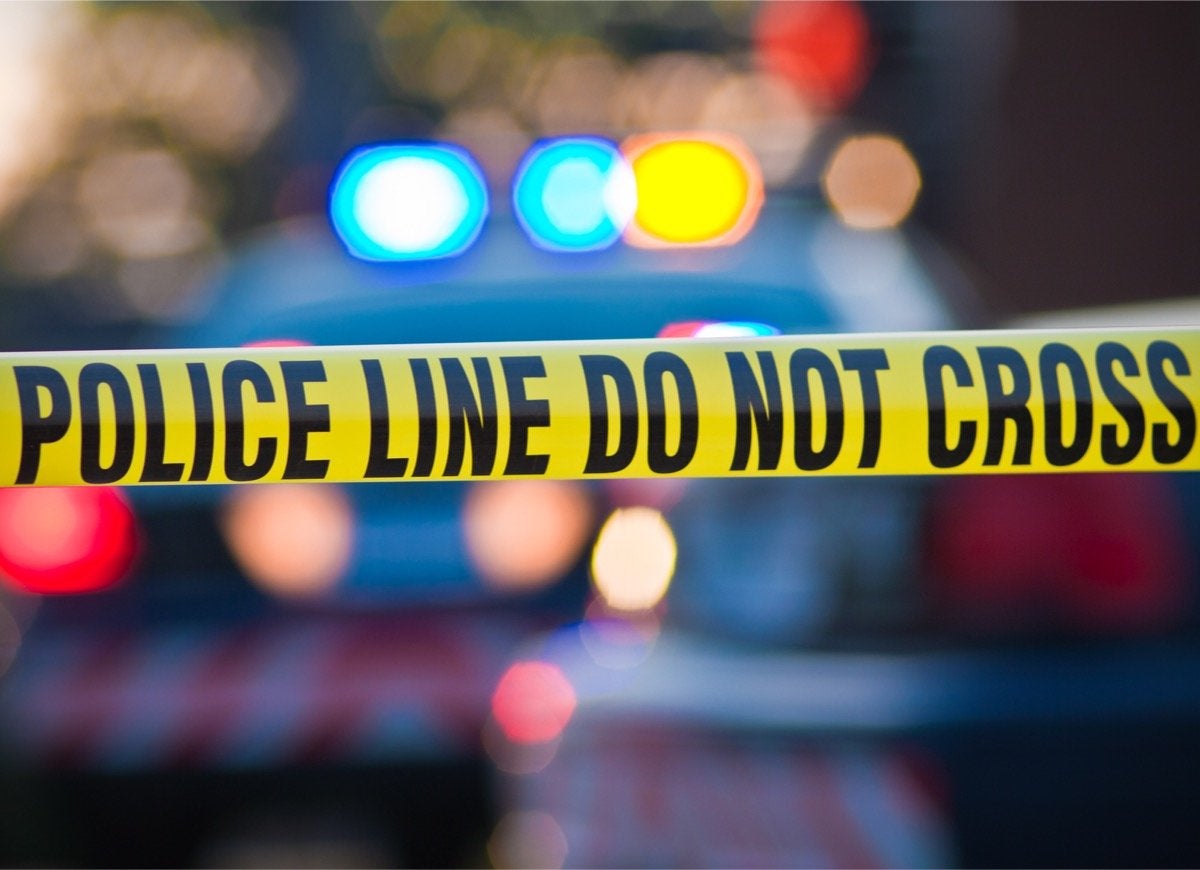
The most violent labor dispute in U.S. history, the Memorial Day Massacre, took place in Chicago on May 30, 1937. Striking workers at the Republic Steel Mill, as well as families and community members, were stopped by a line of Chicago police officers outside the mill gate. Ten protesters died, and about 90 people were injured by police clubs, tear gas, and bullets. Sadly, on Memorial Day weekend 2019, violence again erupted on Chicago’s West Side, with at least 43 people injured by gunshot wounds.
Acts of Charity Are Encouraged

While it was Union General John A. Logan who championed a national day of remembrance, the holiday grew directly from President Lincoln’s hope for true reunion between North and South. The only real way to move forward after such severe hostilities—which claimed the lives of more than 600,000 Americans on both sides—was acts of charity and forgiveness by men, women, and children across the nation. This legacy continues, with donations and acts of service encouraged on Memorial Day, especially in support of our troops and their families.
We’re Required to Hold a Moment of Silence
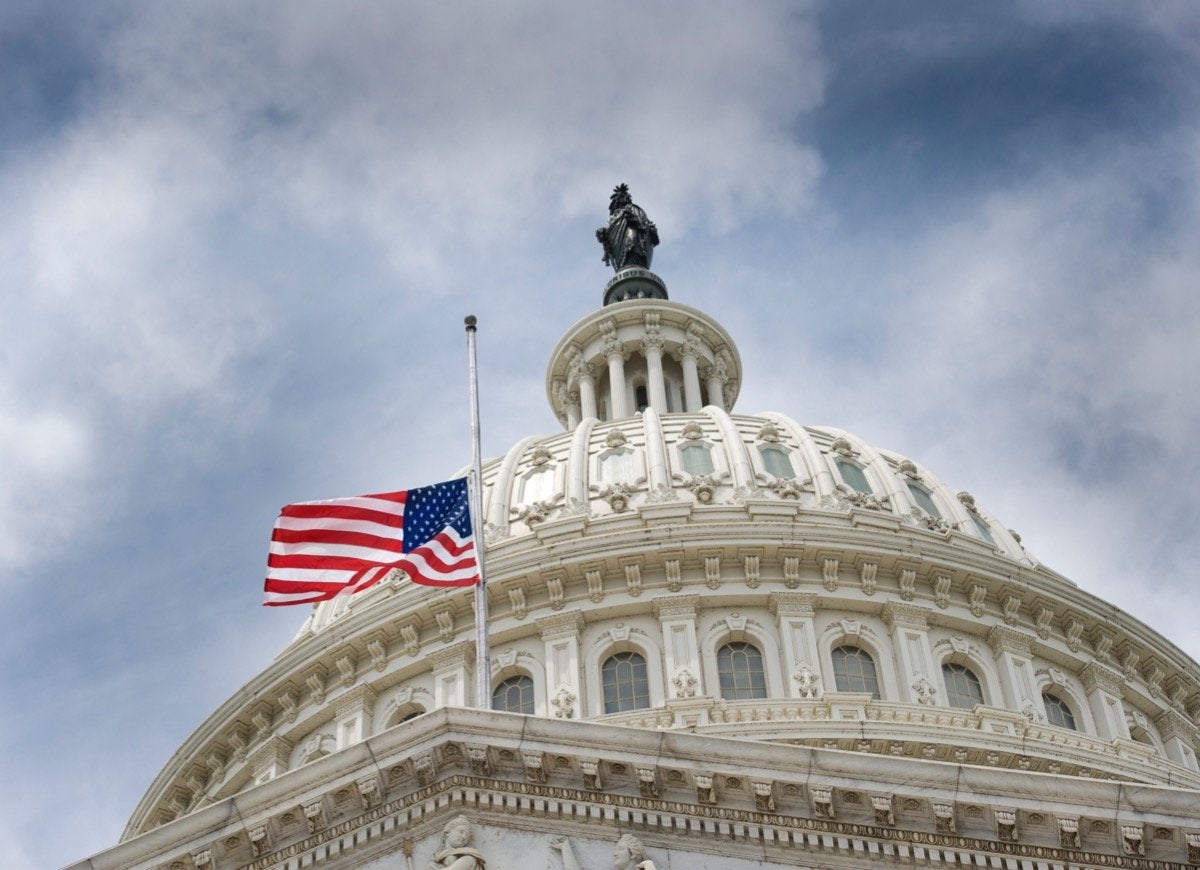
The National Moment of Remembrance Act was passed by Congress in December 2000. It requires Americans to pay homage to our troops with a moment of silence at 3:00 p.m. local time on Memorial Day. Various organizations, including Major League Baseball, uphold this law. Amtrak trains blow their whistles to observe the moment and flags are required to be at half-mast to commemorate the dead and wounded.
Related: 9 Mistakes You Should Never Make with the American Flag
Poetry Fuels Our Remembrance
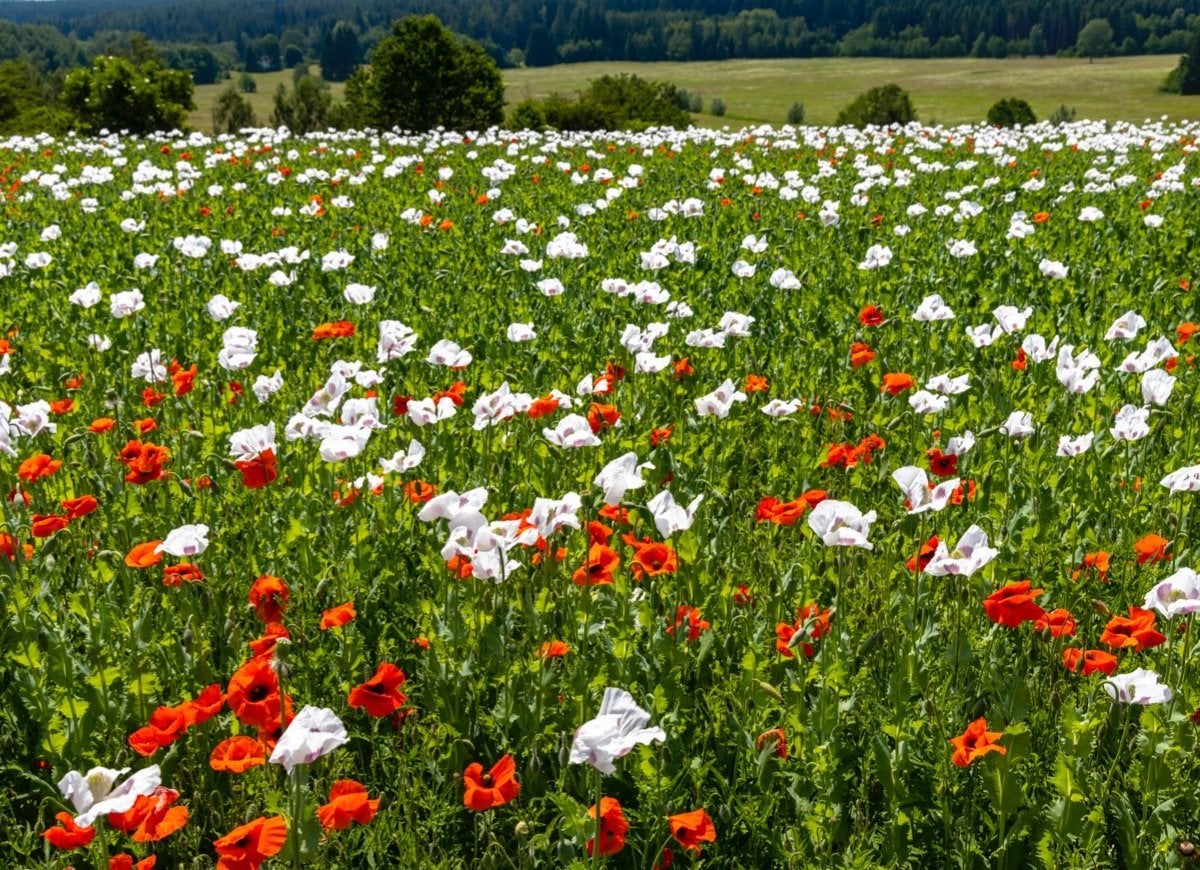
Two poems in particular are important to the history of Memorial Day: Francis Miles Finch’s “The Blue and the Gray” and Colonel John McCrae’s “In Flanders Field.” Finch, a Northern judge during the American Civil War, asked that victors “banish our anger forever when they laurel the graves of our dead.” McCrae served as a brigade surgeon in World War I. The first lines of his poem are famous: ““In Flanders field the poppies blow/Between the crosses, row on row.” The poppy is now a universal symbol of remembrance for fallen soldiers.
It Is a Day to Honor the Nameless Too
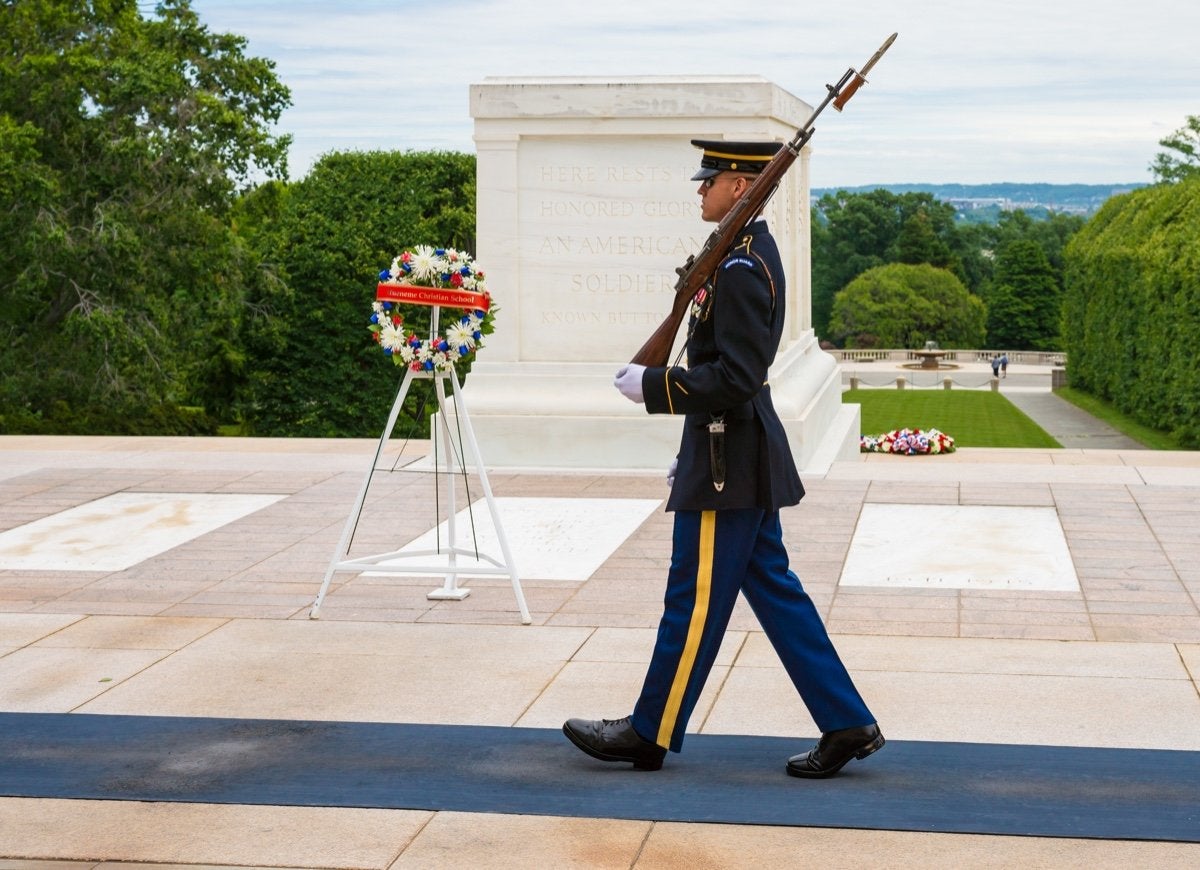
It is customary that, each Memorial Day, U.S. presidents offer remarks to the nation at the Tomb of the Unknown Soldier in Arlington National Cemetery. According to official records, caskets containing remains of unknown soldiers from World War II and the Korean War arrived in Washington D.C. on May 28, 1958. “On May 30, 1958, then the official date of Memorial Day, [the caskets] were transported to Arlington, where they were interred in the plaza beside their World War I comrade. President Eisenhower awarded each the Medal of Honor.”
Memorial Day 2020 Is Unprecedented
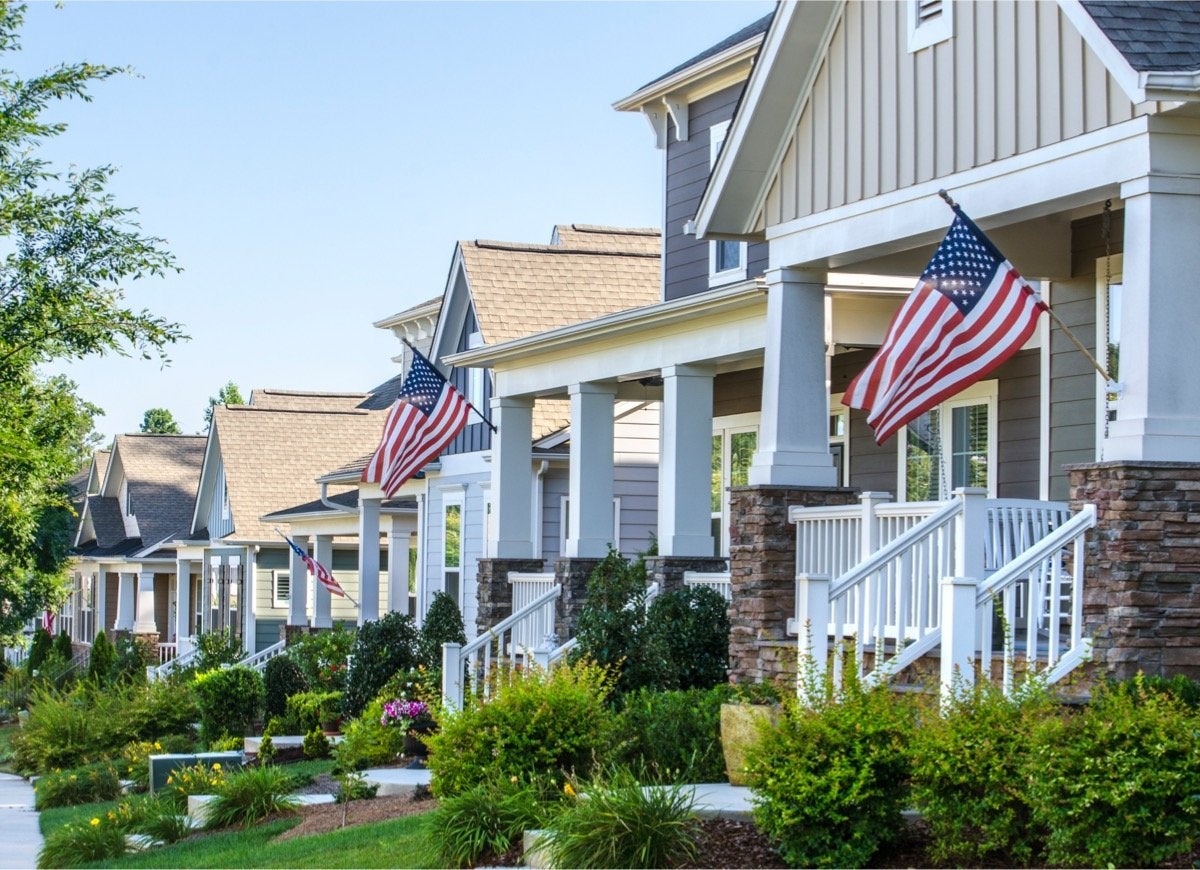
Typically, major cities across the U.S. celebrate Memorial Day with big parades, including the National Memorial Day Parade, held along Constitution Avenue in Washington D.C, and honoring those who have served in the American Revolution up to present day conflicts. However, due to COVID-19, the special event has been cancelled this year, along with countless other public displays of gratitude and celebration across our nation. Let’s all find our own unique ways to honor those who have sacrificed their lives for our country.
Related: 20 Towns That Used to Run America

